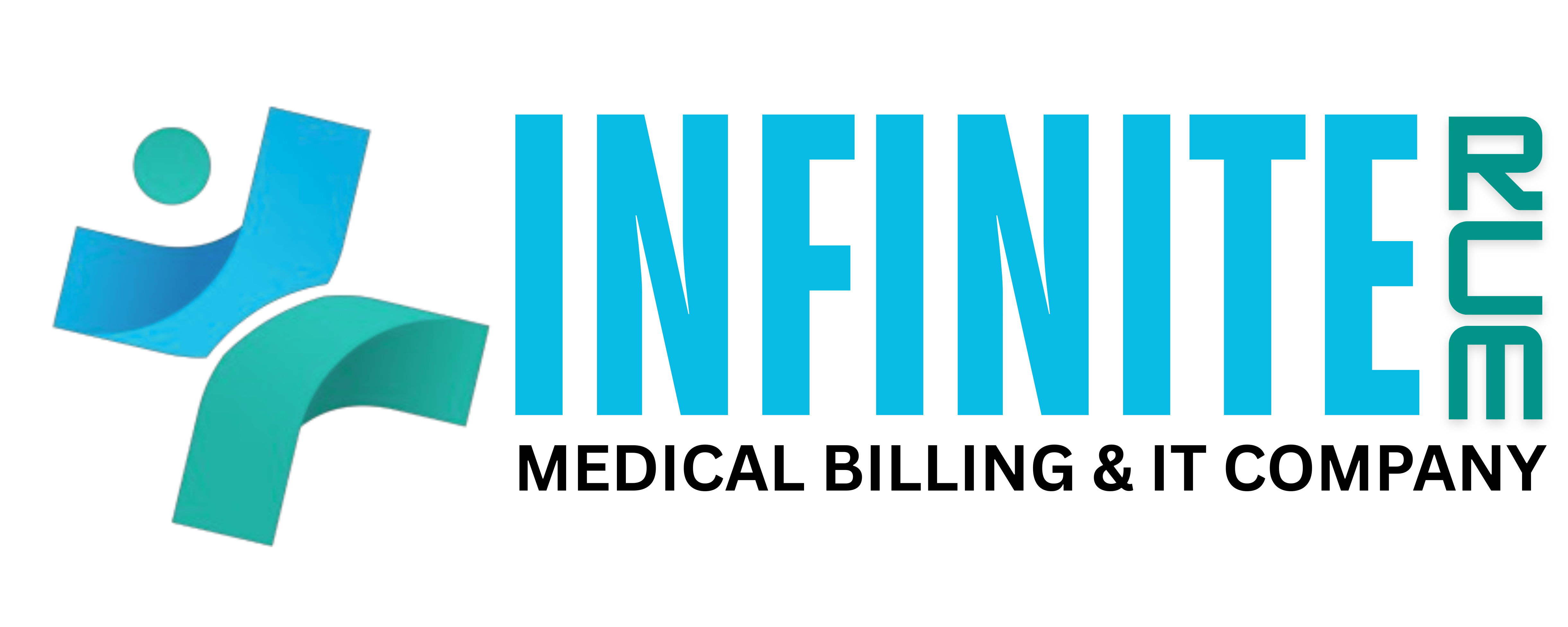Subtotal $0.00
Medical Billing Services
In today’s healthcare industry, efficient medical billing services are essential for providers to maximize revenue and maintain smooth cash flow. With rising regulations, coding complexities, and payer-specific guidelines, medical practices must stay updated to avoid claim denials and revenue leakage. This blog will cover the most commonly used CPT codes, strategies to reduce denials, and best practices for Accounts Receivable (AR) updates.
Importance of Medical Billing Services
Medical billing services go beyond just submitting claims. A reliable billing partner ensures:
- Accurate coding and charge entry
- Efficient claim submission with payer-specific compliance
- Denial management and appeals process
- AR tracking and follow-up to reduce outstanding payments
- Reporting & analytics to improve financial performance
By outsourcing or streamlining billing, providers can focus on patient care while experts handle the financial side.
Commonly Used CPT Codes in Medical Billing
CPT (Current Procedural Terminology) codes are standardized codes used to describe medical, surgical, and diagnostic procedures. Here are some commonly billed CPT codes across different specialties:
Evaluation & Management (E/M) Codes
- 99213 – Established patient office visit (low complexity)
- 99214 – Established patient office visit (moderate complexity)
- 99203 – New patient office visit (low complexity)
Preventive Care
- 99395 – Preventive medicine visit, established patient (18–39 years)
- 99396 – Preventive medicine visit, established patient (40–64 years)
Common Procedures
- 36415 – Blood draw (venipuncture)
- 93000 – Electrocardiogram (ECG, complete)
- 20610 – Joint injection, major joint
Telehealth (Increasingly Common)
- 99441–99443 – Telephone evaluation and management services
- 99212–99215 with modifier 95 – Telehealth office visits
Staying updated with AMA’s yearly CPT updates is crucial for compliance and accurate billing.
How to Reduce Claim Denials in Medical Billing
Denials are one of the biggest obstacles to steady cash flow. Here’s how practices can reduce denials:
- Accurate Coding & Documentation
- Use the most specific ICD-10 codes.
- Match CPT codes with appropriate diagnosis codes.
- Verify Patient Eligibility
- Check insurance coverage before each visit.
- Confirm prior authorizations for procedures.
- Clean Claim Submission
- Double-check demographic details.
- Use correct modifiers when needed.
- Stay Updated on Payer Rules
- Different insurers have unique policies; update systems regularly.
- Denial Tracking & Root Cause Analysis
- Identify common reasons for denials (coding errors, eligibility, authorization).
- Train staff to prevent repeat mistakes.
Best Practices for AR (Accounts Receivable) Updates
AR follow-up is the backbone of revenue cycle management. Delays in AR can lead to revenue loss. Here’s how to keep it under control:
- Regular AR Aging Reports
- Track 0–30, 31–60, 61–90, and 90+ day claims.
- Prioritize old claims before they become uncollectible.
- Timely Follow-up
- Contact payers within 15–20 days of claim submission.
- Use electronic claim status tools for faster updates.
- Patient Responsibility Collections
- Clearly communicate co-pays, deductibles, and balances.
- Offer payment plans for easier collections.
- AR Clean-up Strategy
- Write off small balances only after a thorough review.
- Focus on high-dollar claims to maximize ROI.
- Automation & Technology
- Use RCM software for auto-reminders, claim tracking, and reporting.
FAQs
Q1. What are CPT codes in medical billing?
CPT codes are standardized five-digit codes used to describe medical, surgical, and diagnostic services provided by healthcare professionals. They ensure accurate communication between providers, insurers, and patients.
Q2. Which CPT codes are most commonly used by doctors?
Some of the most common CPT codes include 99213, 99214, 36415, 93000, and 20610, along with preventive and telehealth service codes.
Q3. What causes claim denials in medical billing?
Common causes include coding errors, missing documentation, eligibility issues, lack of prior authorization, and incorrect patient information.
Q4. How can I reduce denials in my medical practice?
You can reduce denials by ensuring accurate coding, verifying insurance, following payer rules, and conducting regular denial analysis.
Q5. What is AR follow-up in medical billing?
AR (Accounts Receivable) follow-up involves tracking and collecting unpaid claims or balances from insurance companies and patients to ensure timely cash flow.
Q6. Why is AR management important?
Strong AR management helps practices reduce outstanding payments, improve revenue cycle performance, and avoid revenue loss from unpaid claims.
Q7. Should small practices outsource medical billing?
Yes, outsourcing can help small practices save time, reduce errors, and focus on patient care while professionals handle billing, coding, denials, and AR updates.






